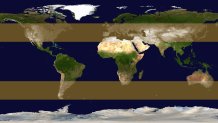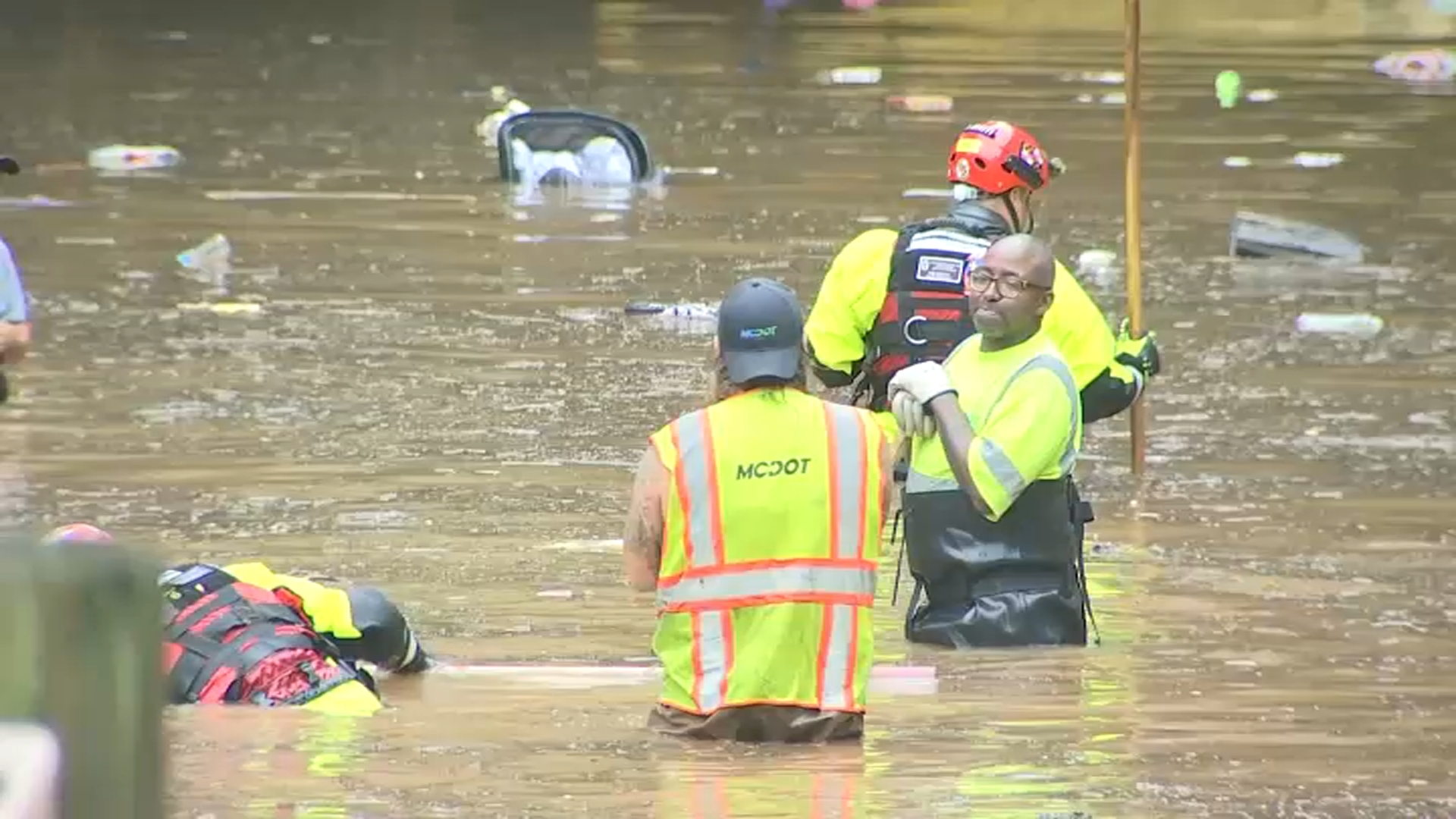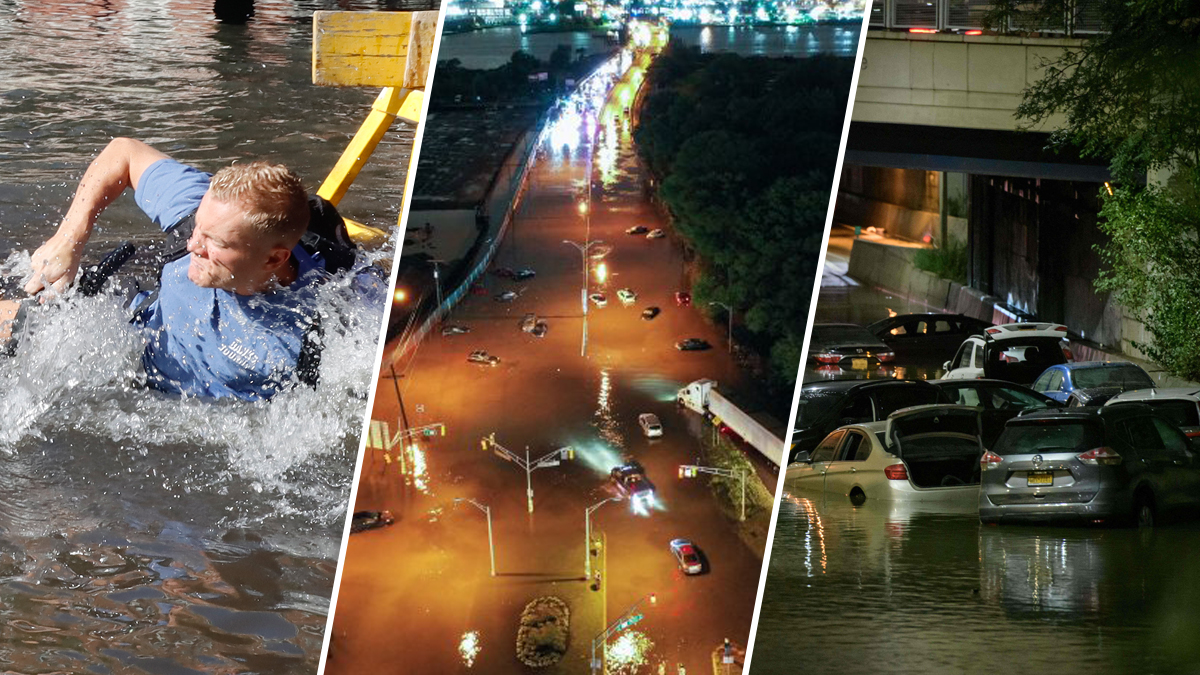The warming of the North and South poles is energizing storms in places like Philadelphia and New Jersey, with deadly consequences as the remnants of Hurricane Ida showed last week.
The storm set records for rainfall from a single system, with as much as 10 inches in some areas. It's a sign of things to come for the mid-Atlantic region of the United States.
Before climate change, severe storms like Ida, which blasted Louisiana early last week, weakened as they worked their way north from the tropics. Now, meteorologists say the opposite is happening. The storms get energized in places like the Philadelphia region as the warming North Pole doesn't dry out storms like it used to in colder times.

Get Tri-state area news and weather forecasts to your inbox. Sign up for NBC New York newsletters.
"The poles are heating faster than elsewhere. It’s upsetting the temperatures between the tropics and the poles and that’s playing out in the mid-latitudes," meteorologist Bernadette Woods Placky, of New Jersey-based Climate Central, said in an interview. "The tropics are trying to ventilate their heat. Now, you’re adding extra heat (from the warming North Pole) and supercharging everything. You have this constant flux in balance, and now you’re putting it on steroids."
A hotter planet creates more rainfall because more water is evaporating. For every degree increase in temperature, 4% more water evaporates into the atmosphere, according to meteorologists.
"You can definitively say our most intense rainfall events are becoming even more intense," NBC10 meteorologist Krystal Klei said in an interview. "Warmer air can evaporate more water, and more water can be rained out to create heavier storms."
Climate scientists are also researching another contributing cause for more severe storms like Ida, Isaias, Henri, and Elsa: the jet stream.
For nearly a decade, scientists have studied the jet stream and its ability to hold off cold air from plunging south into places like the continental United States. A warming North Pole, researchers believe, is weakening the jet stream and allowing for the colder air to reach farther south. That is believed to be another reason for stronger storms more often.
Heavier rainfall has been easier to link to a warming planet than tornadoes, both Klei and Woods Placky said.
More tornadoes have been confirmed in the last three years than in the rest of recent decades' record-keeping in Philadelphia and New Jersey, but it is not yet clear if the increase in documented activity is due to climate change or other factors, the meteorologists said.
"It’s very hard for tornadoes to be tied directly to climate change yet because there's just not enough research, and modern science and radar have grown incredibly the last two decades," Klei said. "There is a chance that we’ve had more tornadoes recently, but also it’s easier to detect them. Also, we have massive survey responses now that go out the day after a storm."
Still, she added, "Does your gut feel like there’s some kind of tie? Yes. And in the future, will we be able to make the connection? Probably."



